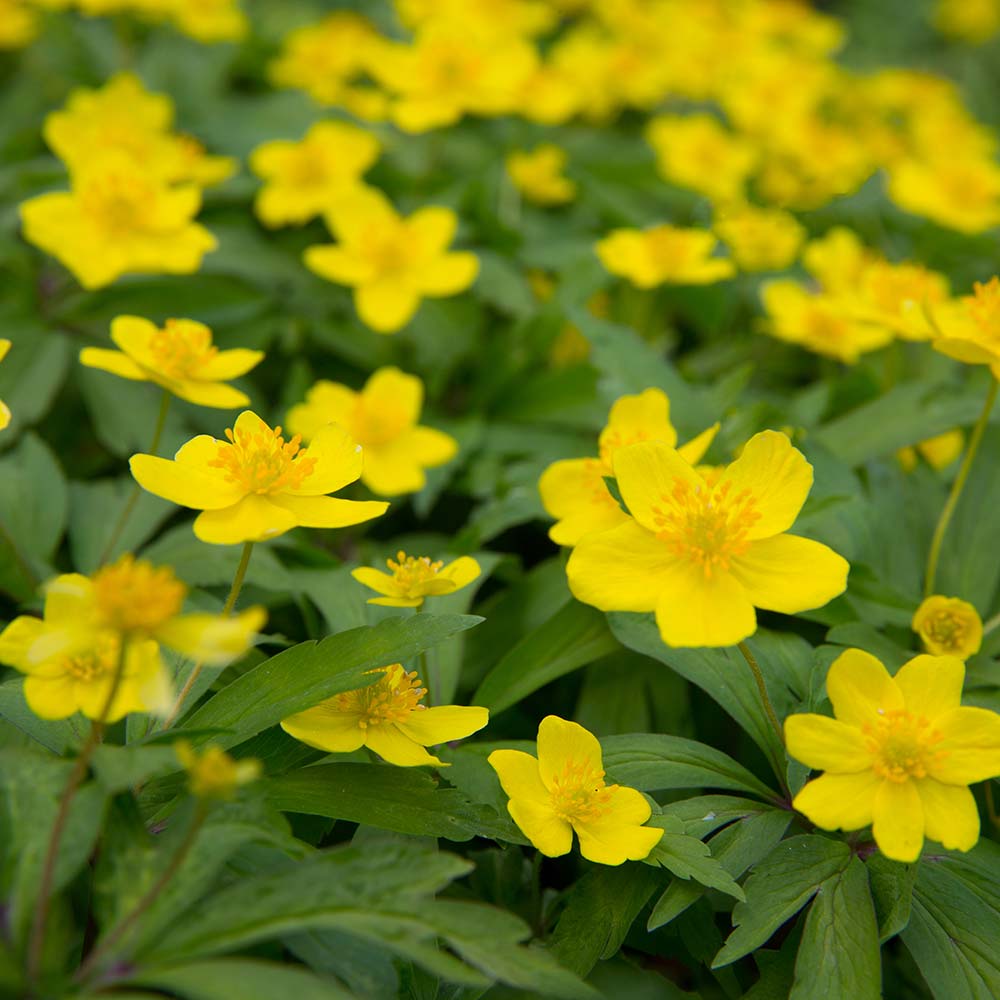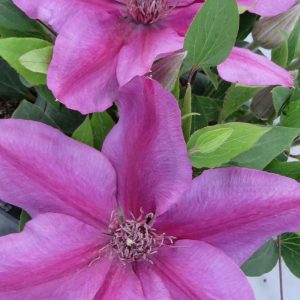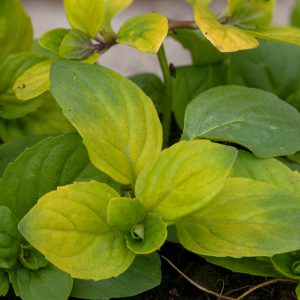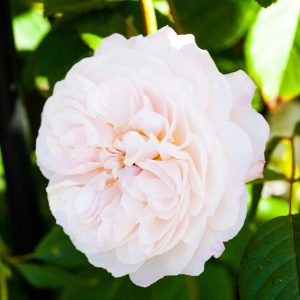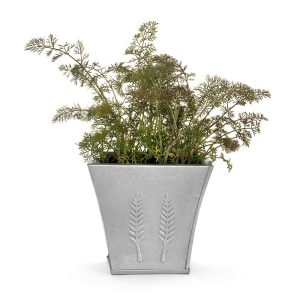Description
Eranthis hyemalis, also known as Winter Aconite, is a species of perennial flowering plant in the Ranunculaceae family. It is native to Central and Southern Europe and typically blooms in the very early spring, even pushing through snow to be among the first flowers to appear. The flowers are small and golden yellow, and are held on short stems above a whorl of basal leaves. The plant prefers moist, well-drained soil in a location that receives partial to full shade. It is a hardy plant and can tolerate frost and cold temperatures. Eranthis hyemalis is often used as an early spring flowering bulb in rock gardens, woodland gardens, and naturalized areas.
Key Facts
- Common Name(s):Winter aconite
- Hardiness:Fully hardy
- How big will I get? Eranthis hyemalis can grow to a height of 0.1m and a spread of 0.1m.
- Did You Know That:The plant’s genus name, “eranthis,” comes from the Greek words “er” meaning “spring” and “anthos” meaning “flower.”
Plant Calendar
A rough guide to how this plant will change through the year.
| Jan | Feb | Mar | Apr | May | June | July | Aug | Sept | Oct | Nov | Dec | |
| Flowering Time |  |
 |
 |
|||||||||
| Foliage Colour |  |
 |
 |
 |
 |
 |
 |
 |
 |
| J | F | M | A | M | J | J | A | S | O | N | D |
 |
 |
 |
|||||||||
 |
 |
 |
 |
 |
 |
 |
 |
 |
Care Guide

Soil Requirements
Eranthis hyemalis prefers moist but well-draining soil. This plant can grow in soil with a wide range of pH levels, it is not picky about the pH level of the soil.

Best Position
Eranthis hyemalis can handle either an exposed or a sheltered position and can cope with either full sun or partial shade.

Maintenance
Eranthis hyemalis is a hardy perennial bulb that should be pruned in late spring or early summer after it has finished blooming. Start by cutting away any dead or yellowed foliage to promote healthy growth and maintain an attractive appearance. It’s important to leave the leaves intact until they have died back naturally, as they will continue to provide energy to the bulb for the next blooming season. Once the leaves have died back, you can remove them. It’s not necessary to prune this plant regularly, but if the bulb has become overcrowded, you can divide and replant the bulbs to promote better growth.

Pest, Diseases and Wildlife
Eranthis hyemalis is generally pest free, and it tends not to have problems with diseases. It is also known to attract bees. It is not considered to be toxic.
